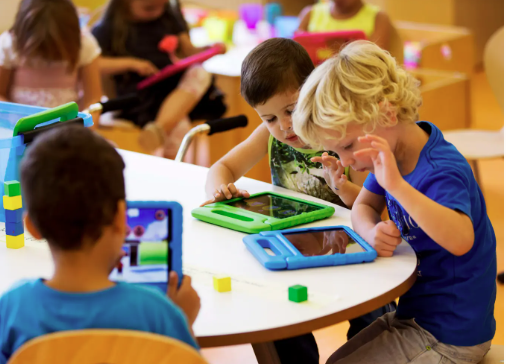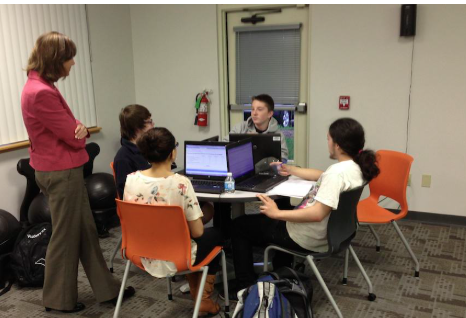Educational equity means ensuring that every student has access to the resources, opportunities, and support they need to succeed—regardless of their background, identity, or starting point. Personalized learning, with its focus on student-centered instruction, offers a promising path to advancing equity in schools and higher education settings.
Understanding Equity vs. Equality
Equity and equality are often confused, but they represent different approaches. Equality provides all students with the same resources, while equity gives each student the specific tools they need to thrive. Personalized learning naturally supports equity by recognizing that students are different and therefore require different supports and learning paths.
Meeting Students Where They Are
Every student enters the classroom with a unique set of skills, experiences, and challenges. Personalized learning adapts instruction to these starting points, helping students build on what they know and grow at their own pace. This flexibility is especially important for students who may be behind due to systemic barriers or personal circumstances.
Reducing Achievement Gaps
Achievement gaps often stem from disparities in access to quality instruction, resources, and support. Personalized learning can help close these gaps by:
- Using diagnostic tools to identify learning needs early
- Providing targeted interventions and enrichment activities
- Empowering teachers to tailor instruction to individual strengths and challenges
By addressing specific needs, educators can support students who may otherwise struggle in a traditional learning environment.
Supporting Diverse Learning Styles
Students learn in different ways. Some thrive with visual content, while others need hands-on activities or verbal explanations. Personalized learning leverages technology and flexible teaching strategies to accommodate diverse learning styles. This ensures that all students, including those with learning differences, have the chance to succeed.
Encouraging Student Voice and Choice
A key element of personalized learning is giving students agency in their education. When learners can make choices about how they engage with content and demonstrate understanding, they become more invested. This approach is especially powerful for historically underserved students who may not always see their experiences reflected in the curriculum.
Leveraging Technology for Inclusion
Technology plays a critical role in scaling personalized learning. Tools like adaptive learning platforms, speech-to-text software, and learning management systems allow educators to provide customized support to a wider range of students. When used thoughtfully, these tools help reduce barriers related to language, accessibility, and engagement.
Building a Culture of High Expectations and Support
Equity-focused personalized learning environments foster both high expectations and strong support systems. Educators maintain belief in every student’s potential while providing the scaffolding necessary to reach success. This balance helps all learners—especially those from marginalized communities—feel capable, valued, and motivated.
Conclusion
Personalized learning is not a silver bullet, but it is a powerful step toward educational equity. By tailoring instruction, amplifying student voice, and removing systemic barriers, schools can create more inclusive and empowering learning environments. As educators and institutions continue to adopt this approach, they take meaningful action toward ensuring that every student has the opportunity to succeed.














